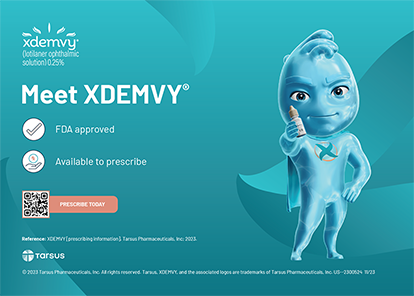Much of what we do at Cataract & Refractive Surgery Today is report on cutting-edge developments in ophthalmology. We try to provide a balanced look at what new technologies, techniques, or practices are likely to be in your future, and that is where the real challenge begins. How do we surgeons know when to adopt an early technology, when to abandon it, when to discontinue something with which we are comfortable, and when to avoid something new like the plague? We all know the positive impact and the medicolegal danger of being the first on our block to offer the next big thing. Here are a few ideas on picking the winners.
First, what are the results? FDA studies are the best sources of data, and they provide an excellent idea of a technology's safety and efficacy, but not necessarily its chance of real-world success. An FDA study involves a few doctors treating a few hundred patients; in the real world, hundreds of physicians operate on thousands of patients. FDA-approved technologies can fail in the marketplace (eg, intracorneal ring segments for myopia and laser thermal keratoplasty).
Second, who is doing it? Stephen Brint, MD, and I were the first to perform LASIK in the US. He tried the procedure because he trusted Lucio Buratto, MD. I participated because I trusted Steve. Carefully consider the investigators and developers of a new technology. Talk to them, ask hard questions, and look at their track records. Consider a technology's potential. For example, the first femtosecond lasers were worse than metal microkeratomes, but the technology had potential.
Third, what is the patient's perspective? Although the first results of PRK differed little from those of RK, we knew patients would favor laser surgery. Despite similar results with LASIK and PRK, patients naturally preferred the procedure associated with less pain and faster recovery. Is the surgery simple, beautiful, and elegant? Does the eye look untouched at the end? It really matters.
I would conclude by emphasizing that we should always let patients know where we are in a process. Inform them that they are the first, second, or third individuals whom you are treating with a new technique or technology. No one has ever backed out on me. Rather, they have been excited to begin the journey with me. If they had declined, I would not have wanted to treat them with the new modality.
The constant rush of new technology is one of the most invigorating aspects of ophthalmology. Try it!


